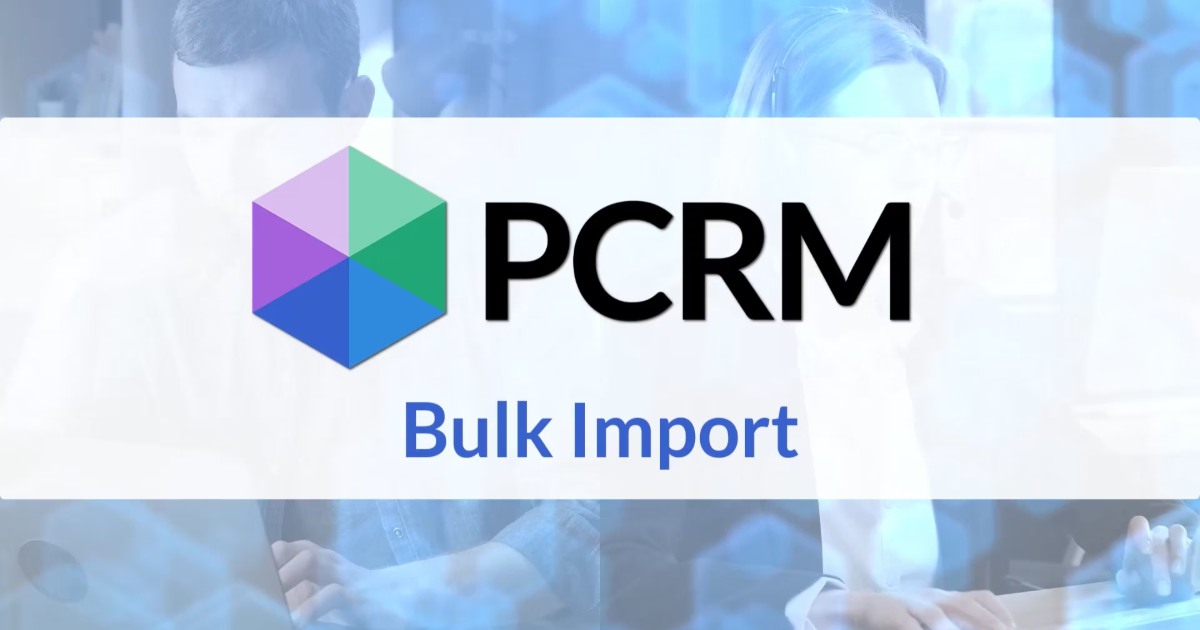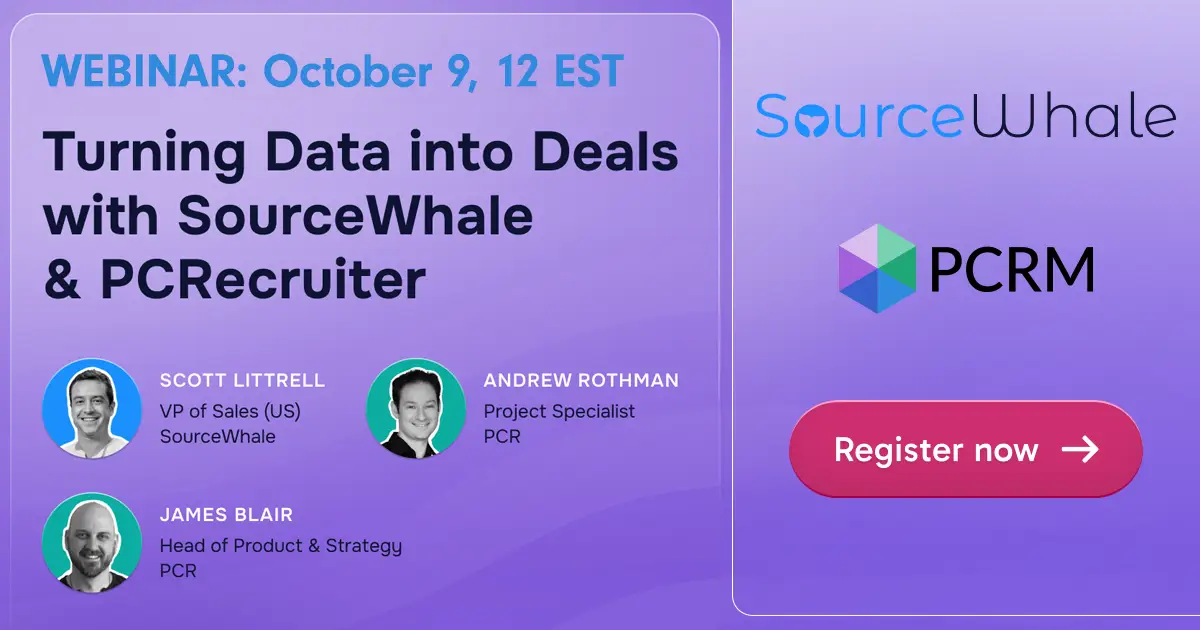For most companies, one of the main goals of implementing staffing software is to save money, so you should make sure the software itself isn’t going to cost you an outrageous amount.
The majority of companies can reduce their software costs by up to 20 percent without changing vendors, according to an article by Personnel Today. This can mainly be done by only paying for what you need and working with what you already have.
“We’re spending more than ever on technology, but we’re not paying attention to where that money goes,” Andy Kyte, a research fellow with Gartner Group, said.
Here are 10 things to consider before implementing your new staffing software, all of which may help you save money in the long run:
1. Price – Ask your vendor if the price you agreed to pay is fixed and how you will be charged when you want to make changes or upgrades to the software. These things can become rather expensive if you plan to roll out a large payroll software system that will consistently change over time.
2. License – Ask if the license to use the software is one-sided – meaning it limits the customer’s usage – and if the terms of the licensing are spelled out in the contract. Keep in mind that many American companies rely on tough contracts.
3. Implementation – Who is responsible for implementing your new software, you or the vendor? Make sure that whoever is installing it has a good amount of experience with the type of company you run.
4. Project management – Make sure you’re aware of the methods that will be used for to manage, develop and test your new software, and that those methods fit with your overall business.
5. Sales support – Does the vendor supplying your software have its own sales support team, and if so, can they guarantee that any bugs you encounter will be fixed in a timely and professional manner?
6. Escalation – What does the vendor plan to do if it can’t resolve your problems quickly and easily?
7. Ongoing charges – Are there any recurring fees you’ll have to pay for renewing contracts or seeking technical support?
8. Upgrades – Can the vendor tell you right now how much it will cost to upgrade your software in the future? Also, how much support is included in the up-front price of the software package?
9. Guarantees – What kind of guarantees or warranties does the vendor offer? This is important to know in case the software company doesn’t deliver on time.
10. Termination – What will you have to do in order to terminate your software contract? Find out if you have to give a certain amount of notice, because too short or too long requirements can cause problems for your company and the vendor.

Every minute you spend on manual data entry is a minute you’re not connecting with your next great candidate or client. The record entry features in PCRM make adding names, companies, and jobs a breeze, and with our latest update this extends to bulk-imports.
Read more
Join SourceWhale’s Scott Littrell for a 30-minute session Oct. 9 to learn how recruitment teams can freshen their PCR data and turn it into revenue. Learn about free trials and new features!
Read more
PCRecruiter’s new AI Candidate Match helps recruiters instantly surface the top 20 candidates in their database for any role. With AI-powered match scores, keyword insights, and analysis summaries, you can identify qualified talent faster and move them directly into pipelines or rollup lists. Save time and improve placements with automated candidate suggestions.
Read moreWhether you're just getting started or an industry vet, we'd like to help.